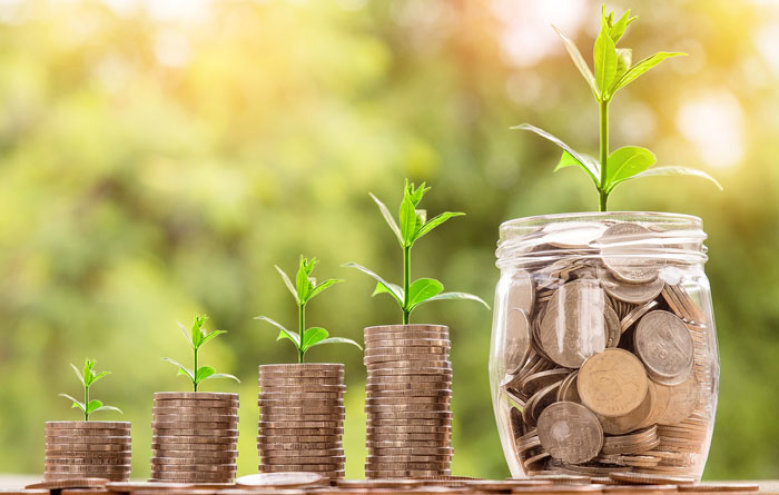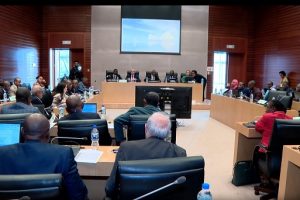
BY STAFF REPORTER
Recently the head of climate change at the UN has warned that world leaders are still “far away” from securing a deal to limit the disastrous effects of global heating, with less than five months to go before a key summit in Glasgow, according to the guardian.
Time is now running out, said Patricia Espinosa, who was formerly foreign minister of Mexico but now leads the UN on climate policy. She told the Observer that although advances had been made at the G7 meeting in Cornwall last weekend, progress had not been made on honoring past commitments to find $100bn (£72.5bn) a year to help developing countries invest in green technologies.
“We’re still very far away from being fully confident of having a full success at Cop26,” she said. The UN climate conference, opening on 31 October in Glasgow, is considered to be of special importance in the battle against global warming, which is now melting ice sheets, raising sea levels, destroying coral reefs and disrupting weather systems across the planet.
The G7 had offered hope that this process could be boosted in advance of Cop26, but Espinosa expressed disappointment, saying: “Regarding finance, I’d have really hoped for a clearer signal on how and when we will be able to see the commitment to mobilise the $100bn fulfilled.”
Honouring the pledge is seen as critical if developing countries are to come into line with plans to cut emissions and take costly steps necessary to reduce their reliance on fossil fuels. At the G7, there were commitments to get to the target before Cop26, but a lack of detail remained about precisely how much money wealthier nations would be willing to give.
Meanwhile business standard.com reported that , the Ikea Foundation and the Rockefeller Foundation announced that they will each donate $500 million to support distributed renewable generation projects in developing nations.
Roughly 2.8 billion people worldwide don’t have access to reliable power, according to the United Nations, but the two philanthropies estimate these funds will bring energy to a billion of them over the next decade. Further, since the partnership will target communities that might otherwise rely on fossil fuels for power generation either now or in the future, they expect that the combined gift will reduce carbon emissions by a billion metric tons.
“Really nothing has ever been attempted even close to this kind of scale when it comes to bringing renewable energy to the world’s poor,” said Rajiv Shah, president of the Rockefeller Foundation. The two foundations said their money will be used to “de-risk” the kind of projects private capital has tended to shy away from and will be shared through a new third public charity. This, Shah said, will help increase their leverage through private corporations and international development agencies.
The announcement comes as rich countries are under growing pressure to deliver on a decade-old climate finance pledge. In 2009, wealthy nations promised to mobilize $100 billion a year by 2020 to help developing countries deal with the worst impacts of climate change and invest in green technologies. But a meeting of Group of Seven leaders last week merely reiterated a promise to reach the milestone, even though it was supposed to have been achieved last year. They reached $78.9 billion in 2018, far short of the $100 billion agreed, according to the latest data from the Organization for Economic Co-Operation and Development.
The question of who pays to tackle climate change is essential to ramping up efforts to rein in temperatures. Poor countries say they need funding if they’re to step up their carbon-cutting ambitions and invest in the technologies needed to wean themselves off fossil fuels. The investment divide is particularly stark in the wake of the Covid-19 pandemic, with rich countries investing trillions in recovery while poor nations struggle to recover.
China has been investing heavily in energy generation in developing nations for well over a decade. In 2019 and 2020 alone—an anemic period due to the pandemic—China pumped over $20 billion into energy projects in developing nations, according to information gathered by The American Enterprise Institute, a Washington-based think tank. This included coal projects as well as renewable projects in solar, hydro and nuclear, as well as grid investments.
“We need to be honest and recognize that the current approach is not delivering the impact the world needs in the time that we have,” said Per Heggenes, chief executive officer of the Ikea Foundation. “This is all about acceleration.”
If wealthy nations are to fulfill their $100 billion promise, it will likely be through a mix of public funding and private finance, said Jennifer Layke, global director of energy at the World Resources Institute, a non-profit not party to the agreement. “Some of the persistent challenges with getting markets to change and getting investment to flow into the developing world have remained really sticky problems,” she said.
Layke also said that philanthropies could play an important role in unsticking the market by supplying seed capital to model projects that demonstrate their viability—exactly what Rockefeller and Ikea partnership was designed to do.
“This is absolutely seed capital,” Shah said. “It’s risk capital, so that we can motivate others to provide more commercially oriented investment capital to take these to scale.”
He pointed to India, where Rockefeller spent a decade funding 200 micro-solar grids to serve remote villages. Once the kinks were worked out, India’s own Tata Power agreed to expand the project to 10,000 grids.
Ikea has made similar investments in the past, but the two hope that by combining forces, they will be able to leverage billions more dollars and move at a new scale.
The partners say they have a roster of shovel-ready projects across India, Africa and Latin America. Rockefeller already signed commitments for development from both the International Finance Corporation, the private sector arm of the World Bank Group, and the U.S. International Development Finance Corporation, America’s development bank.
THE ETHIOPIAN HERALD JUNE 23/2021




